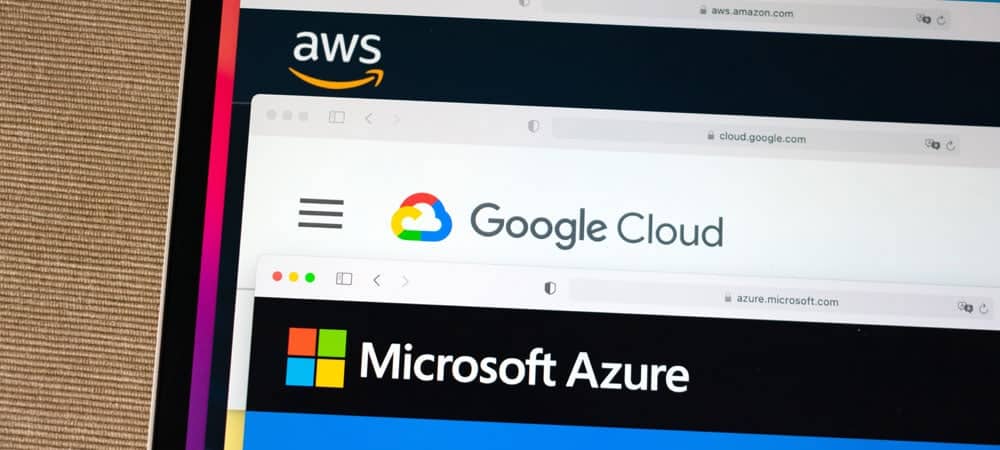The hype around hyperscalers


In 2011, companies in Germany were not yet really enthusiastic about outsourcing infrastructure, platforms or software to external data centers. In the Cloud Monitor published for the first time at that time by the Bitkom association and the consulting firm KPMG, only 28 percent of the companies surveyed said they were already using cloud services, and for 50 percent the use was not even an issue. Ten years later, this had changed completely.
According to Cloud Monitor 2021, 82 percent of companies were already using cloud computing, and only three percent were still uninterested in the technology. This development is primarily due to the fact that the added value of cloud services is becoming increasingly transparent and companies can more easily understand the benefits. In the meantime, a cloud-first strategy is even being heard more and more frequently from the boardrooms. But does all this already apply to software from SAP? The figures suggest otherwise.
SAP and the big three
The relevance of the big three hyperscalers Amazon, Google and Microsoft in particular in the ERP context is illustrated by SAP's commitment: With its Rise program, the Walldorf-based software provider has launched a strategic initiative to bring S/4 users into a SaaS service. The technical basis for this is the Hyperscaler platforms.
For companies, this basically opens up a new deployment category for the on-prem variant of their SAP installation. They can host the ERP system not only in their own data center or on the resources of an established managed services provider (MSP), but also in the cloud infrastructure of Amazon Web Services, Microsoft Azure or the Google Cloud Platform. From a technological perspective, there is no fundamental difference between MSPs and hyperscalers - after all, in both cases, companies access their systems via telecommunication connections that are on commodity components outside their responsibility.
It doesn't work without MSP
The costs for using the infrastructure are not necessarily lower for hyperscalers. As a rule, they offer storage space on Hana in dedicated sizes and specify terms of at least one year. Many MSPs, on the other hand, work with real pay-per-use models. The much-cited flexibility and scalability of hyperscalers does not yet come into play in the SAP context - also because the systems are usually active 24/7.
There are clear differences from a business perspective and from the perspective of SLA-based operation. Established Managed Services Providers (MSP) have many years of experience in implementing and operating S/4, hyperscalers do not. Managed services providers assume responsibility for all relevant layers - from the infrastructure to the technical platform to the application layer - and map this responsibility to overarching service level agreements vis-à-vis the user companies.
When operating on a hyperscaler environment, there is already a separation of responsibility between infrastructure and technical platform. In this respect, companies that want to host S/4 on a hyperscaler are dependent on an additional partner who acts as a bracket to hold these two layers together and takes care of all the technical issues. In contrast to all this, companies get all services from a single source with an MSP.
So there is a lot to be said for hosting with a managed service provider. But there are also arguments in favor of hyperscalers. These include, above all, when companies want to use the extensive innovative technologies and work on new use cases. The services provided in the cloud are now very comprehensive and can be easily connected to the SAP systems and the data stored there. In principle, this is also possible if S/4 is located on the company's own infrastructure or on the resources of an MSP.
Serverless and Fully Managed
Serverless fully managed solutions are available for hyperscalers, which promise a high speed of innovation. If hyperscalers are to be used, it is worth taking a closer look. There are considerable differences: The strengths of Amazon Web Services lie in the large number of services provided for the most diverse use cases. The Google Cloud Platform offers many very interesting interfaces for connecting systems and accessing data, especially in the SAP environment. And Microsoft Azure convinces with the most extensive installation base of SAP on Hyperscaler.







2 comments
Nina
Wenn ich das richtig verstanden habe, dann ist SAP ein Managed Service richtig? Ich kenne mich in dem Bereich leider nicht so gut aus. Deswegen müsste ich mich mal beraten lassen.
Peter Färbinger, E-3 Magazin
Es ist möglich SAP S/4 Hana als Managed Service zu betreiben, aber es gibt hier mehrere IT-Architekturmodell zur Auswahl. Somit ist in jedem Fall eine individuelle Beratung notwendig.